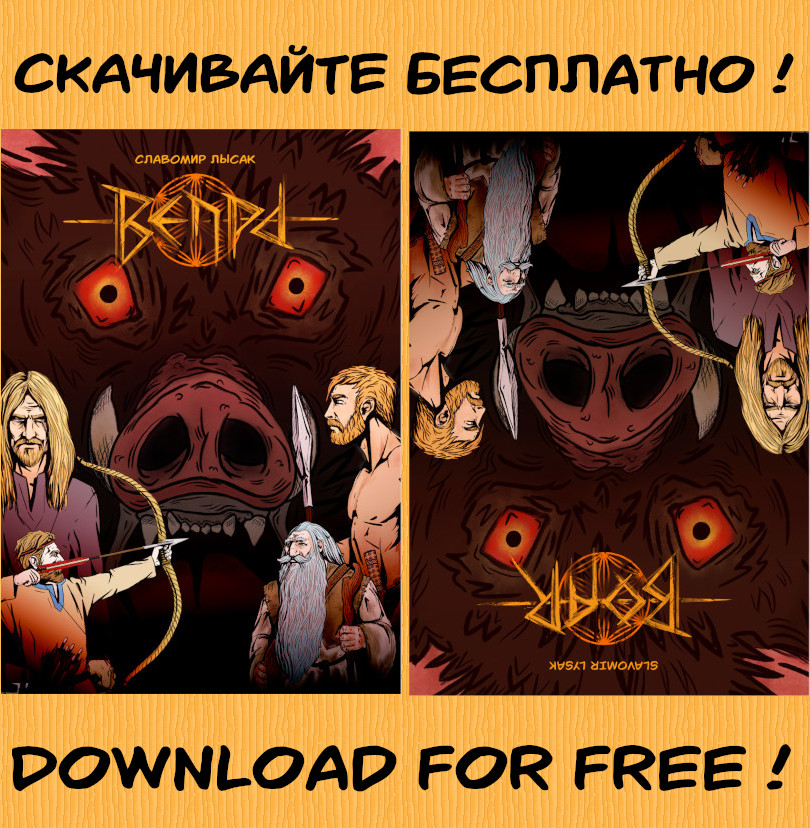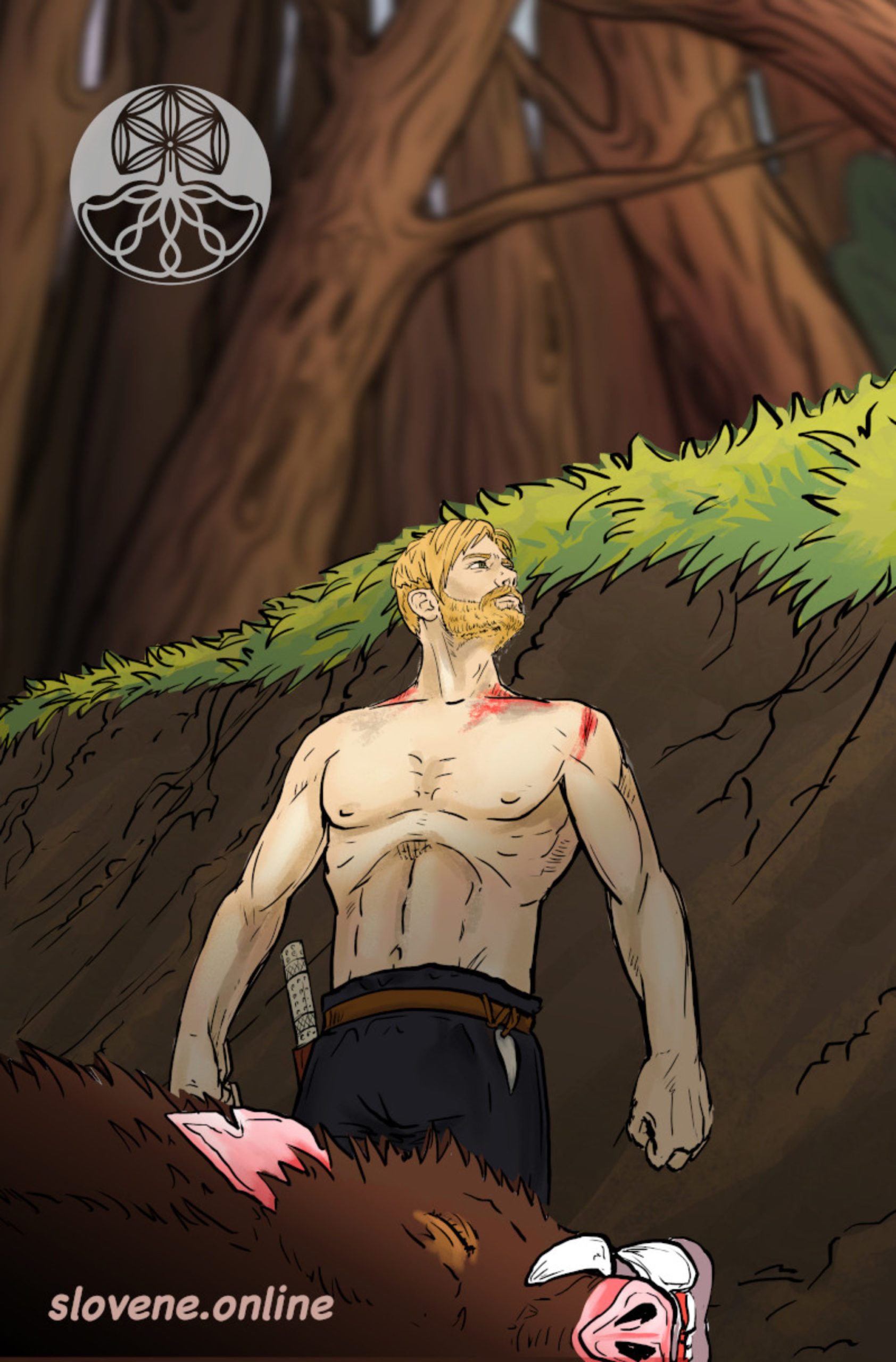The Slavs believed that the god Perun, during a thunderstorm, strikes with lightning those places where an evil spirit is hiding (or devil in a later interpretation). A stone, a person, water and of course a tree could become a shelter for an evil spirit. According to Slavic beliefs, if a tree was struck by thunderbolt, it acquired magical properties. Such trees were called “Gromoboi” in Russia (derived from “grom” – thunder, and “boi” – hit).
ꏍ
Gromoboi was not used in construction as a dangerous tree that attracts thunderbolt. The presence of Gromoboi in the wall of a house, according to the beliefs of the Poleshchuks, led to death, illness and discord in the family, a fire from lightning, and other troubles. The Serbs either did not extinguish the tree, lit by the lightning, or did not use it at all for construction or as a firewood. In Northern Bosnia, it was believed that if you use Gromoboi as a firewood to boil your clothing for washing, it would fall to shreds.
ꏍ
To be continued…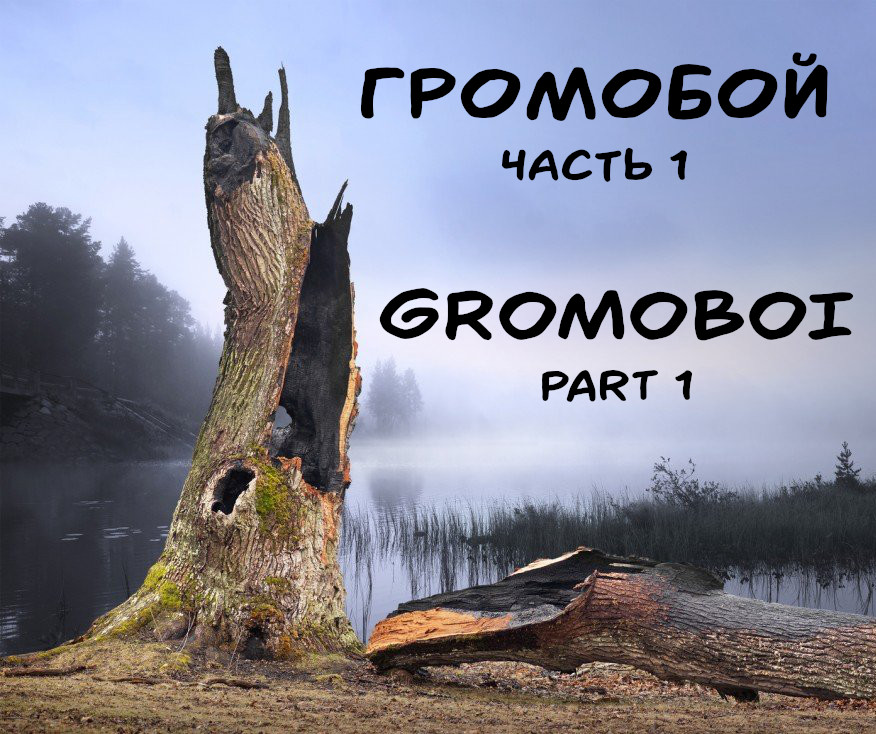
Perun’s Oak – part 4
Boar worship evidence was repeatedly found in multiple archaeological sites. In the burial mounds of the Dnieper region, wild boar tusks amulets are often found. In the Kiev necropolis, they were found both in ordinary and in rich graves.
ꏍ
In 1908, 1975 and 1984 ancient oak trees with boar jaws affixed in them, were elevated from the bottom of Dnieper and Desna rivers. These sacred oak trees are dated from VIII to X century. They confirm a close connection between the cults of the boar and the sacred oak in Slavic mythology. Researchers believe that these sacred oaks with embedded boar tusks were dedicated to the god of thunder and lightning Perun. It was also observed that, as a rule, pagan sanctuaries were located at the intersection of trade routes, before and after especially dangerous and difficult parts of a caravan path (for example, the Dnieper cascades), or at the beginning of the next stage of a long (and often dangerous) journey.
ꏍ
Sources:
G. Yu. Ivakin «The sacred oak of the pagan Slavs», 1979
K. V. Bolsunovsky «Perun’s oak», 1914
Photo: ancient oak bark with affixed boar jaws in the Kiev History Museum
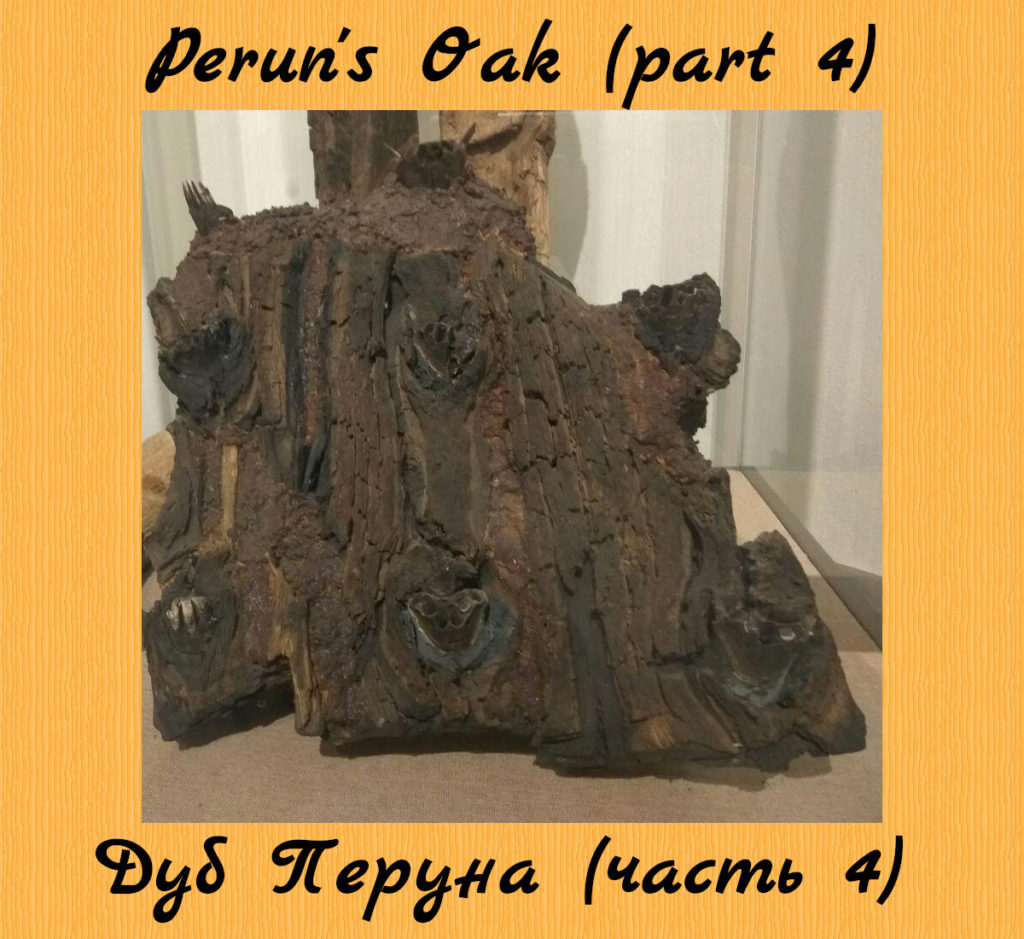
Unexpected rendezvous…
We continue to work on the first story from the animated fantasy comic book series about customs and beliefs of the Slavic people in the early Middle Age.
ꏍ
Follow the link to download the English PDF version https://www.slovene.online/boar
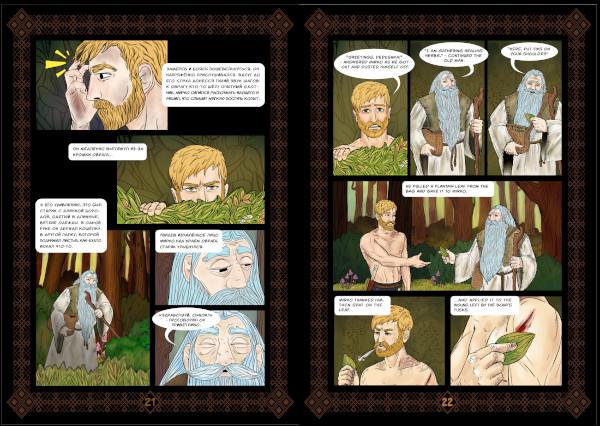
Perun’s Oak – part 3
Along with the cult of trees, the ancient Slavs also worshiped certain animals, for example, a wild boar. Old Russian chronicles and epic tales repeatedly tell about the wild boar hunts and the festive eating of the boar meat at duke’s feasts. Thus, in 1255, duke Daniel Galitsky “personally killed three of them with a spear” while hunting on boars. Some researchers believe that duke’s feasts were the “echoes” of ancient public sacrifices, culminated in a ritual feast. It is also noted that usually the ritual eating of pork meat fell on Thursday, a day dedicated to the God of Thunder and Lightning.
ꏍ
The ceremonial eating of pork was widespread not only among the Slavs. It is known that during a thunderstorm, the Balts had a custom to take out a leg of ham in the field and address Perun: “Abstain, Perkun, from destroying my field – and I will give you this ham for it.” When the thunderstorm stopped, the ham was eaten as a sacrificial meal.
ꏍ
To be continued…
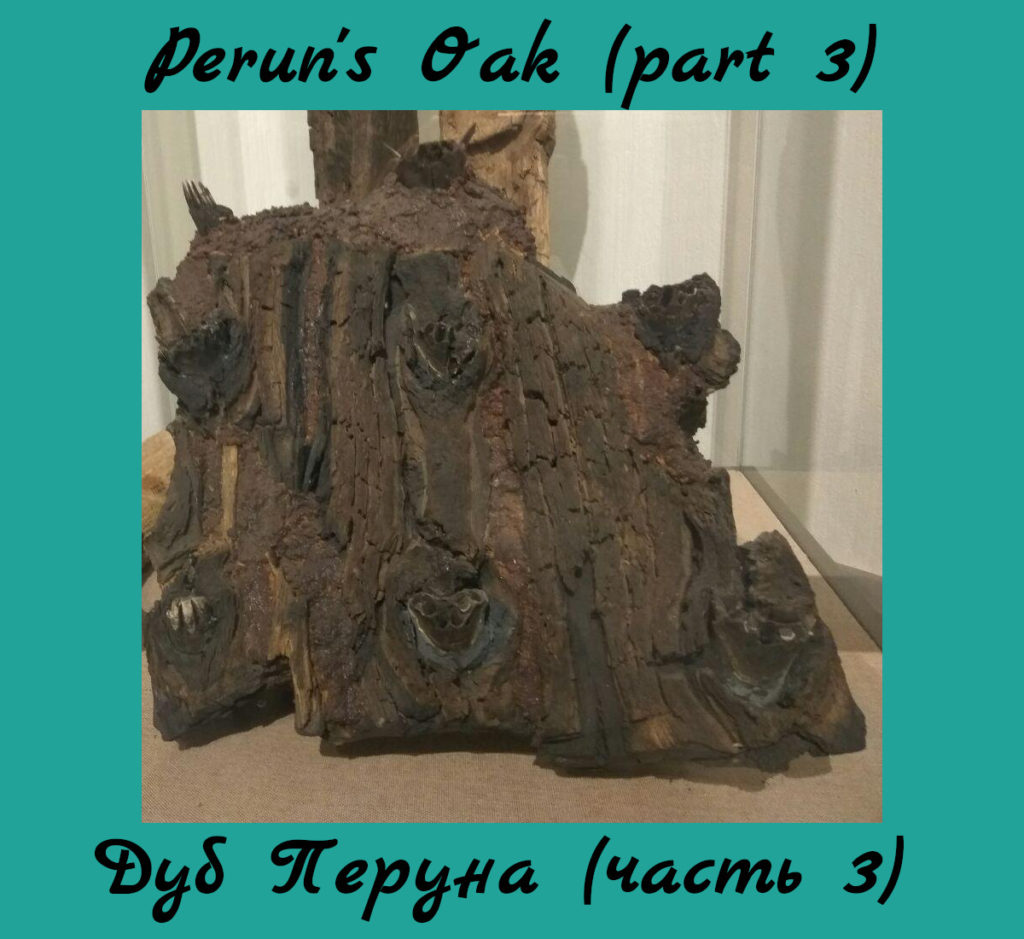
We did it!!!
“BOAR” – our first graphic novel about customs and beliefs of the Slavic people in the early Middle Ages is available for FREE download from our website. Looking forward to your reviews 😉
ꏍ
Follow the link to download the English PDF version https://www.slovene.online/boar
